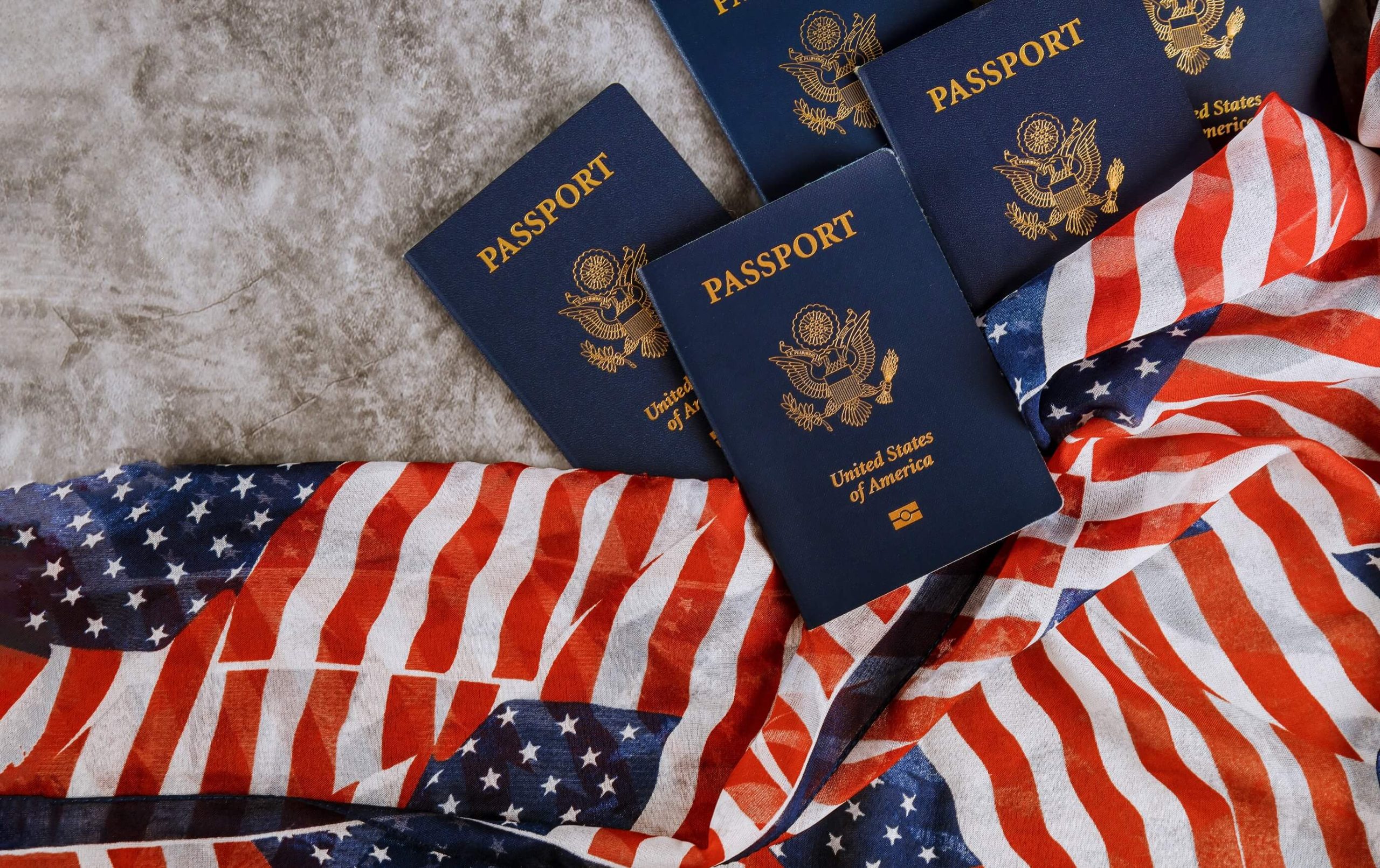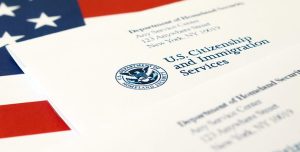

The L-1A visa is a non-immigrant visa that allows multinational companies to transfer executives and managers from their foreign offices to their U.S. offices for a temporary period of time.
To qualify for an L-1A visa, both the employer and the employee must meet certain eligibility criteria.
Here’s an overview of the L-1A visa requirements and application process:
Eligibility Criteria:
The employee must have worked for the company’s foreign office for at least one continuous year within the past three years in an executive or managerial position.
The U.S. office must be a parent, branch, subsidiary, or affiliate of the foreign office.
The employee must be coming to the U.S. to work in an executive or managerial capacity.
Application Process:
The U.S. employer must file a Form I-129, Petition for Nonimmigrant Worker, on behalf of the employee with the U.S. Citizenship and Immigration Services (USCIS).
The employer must provide documentation to establish that both the employer and employee meet the eligibility criteria.
The USCIS will review the petition and may request additional information or documentation.
If the petition is approved, the employee can apply for an L-1A visa at a U.S. embassy or consulate abroad.
However, L-1A Work visa holders may be eligible to apply for a green card through employment-based immigration categories if they meet certain requirements.
It’s also worth mentioning that the L-1A visa application process can be complex and time-consuming.
It’s a good idea to work with an experienced immigration consultant to ensure that everything is done correctly and to maximize your chances of success.
How to get an L-1a visa?
How to open a branch office in the U.S.A?
Opening a branch office in the USA through L-1A involves several steps and requirements. Here’s a general outline of the process:
Qualifying for L-1A Visa:
The L-1A visa is available to managers or executives of foreign companies who have been employed by the company for at least one year and who are being transferred to a related company in the United States.
The related company must either be a parent, branch, subsidiary, or affiliate of the foreign company.
Establishing the US Office:
Before applying for an L-1A visa, the US office must be established.
This includes registering the company with the appropriate state agency, obtaining an Employer Identification Number (EIN), and leasing office space.
Proving Qualification:
The applicant must provide evidence that they qualify for the L-1A visa.
It includes demonstrating that they are a manager or executive of the foreign company and that the US office will be a branch, subsidiary, affiliate, or parent of the foreign company.
Submitting the Petition:
Once the US office is established and the applicant has gathered the necessary documents, the employer must submit an L-1A visa petition on behalf of the employee to the USCIS.
This includes completing and filing Form I-129, Petition for Nonimmigrant Worker, along with supporting documentation.
Waiting for Approval:
The USCIS will review the L-1A visa petition and may request additional information. If the petition is approved, the employee can apply for an L-1A visa at a US consulate.
It’s important to note that the L-1A visa is only valid for a limited period of time and must be renewed periodically.
Additionally, the applicant must maintain their status as a manager or executive of the foreign company while in the United States.
Navigating the L-1A visa process can be complex, so it’s recommended to consult with an experienced immigration consultant to help ensure a successful application.
US L-1 Visa Services
Change of status from L-1A to EB1-C Green Card.
The process of transitioning from L1A visa status to EB1C green card status typically involves the following steps:
Find an employer who is willing to sponsor you for an EB1C green card.
The employer must be a U.S. employer, and they must be willing to offer you a permanent position in an executive or managerial role.
The employer will need to file an I-140 petition on your behalf with the U.S. Citizenship and Immigration Services (USCIS).
This petition will require documentation of your qualifications and the job requirements, as well as evidence that the employer has the ability to pay your salary.
If the USCIS approves your I-140 petition, you can then file an application for adjustment of status (Form I-485) to become a lawful permanent resident (green card holder).
Alternatively, if you are currently living outside the United States. You can apply for an immigrant visa through a U.S. embassy or consulate.
As part of the application process, you will need to undergo a medical exam and submit a background check.
You may also need to attend an interview with a USCIS officer.
If your application is approved, you will receive your green card and become a lawful permanent resident of the United States.
It is important to note that the EB1C category is highly competitive and has strict requirements.
To be eligible, you must have worked for the sponsoring employer for at least one year in the past three years.
You must be able to demonstrate that you have executive or managerial experience.
Your employer must be a multinational company with a qualifying relationship with a foreign parent, subsidiary, affiliate, or branch.
Contact Us



